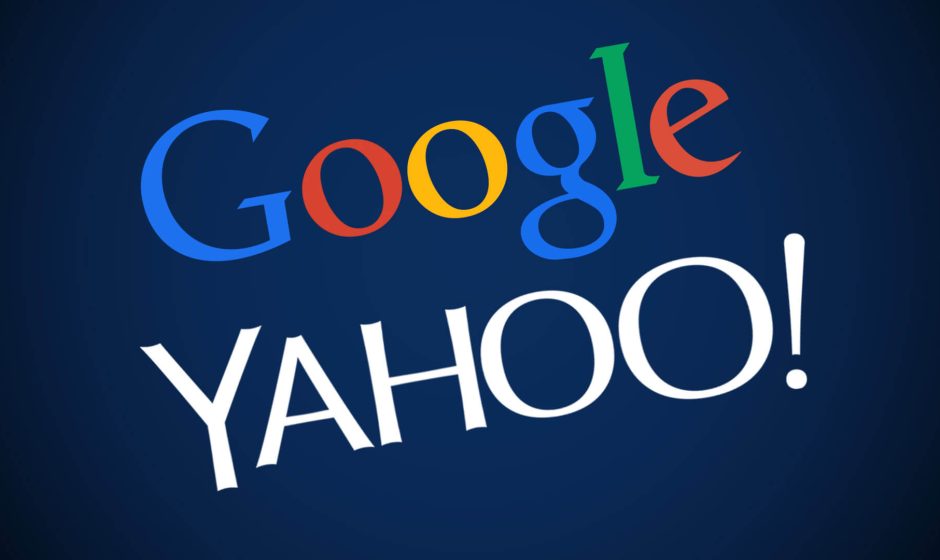Google and Yahoo are tackling spam with new rules for bulk emails
From keeping in touch with friends to sealing important business deals, email has long been a cornerstone of communication in the digital age. However, spam and shady emails have been a thorn in our side for too long, and email service providers share the plight.
In response, Google and Yahoo have introduced new policies aimed at controlling spam and enhancing email security and overall experience. So, in a bit, we’ll explore the ins and outs of these policy changes, uncover why they were implemented, analyze how they affect email senders across the board, and provide some practical advice on how to adjust to the shifting email environment.
By understanding and embracing these changes, you can fortify their email accounts, bolster security, and enjoy smoother, safer communication.
So, what has changed?
Starting in February 2024, Gmail and Yahoo introduced new regulations for bulk email senders, focusing on authentication, unsubscribe options, as well as spam complaint rates.
In short, Gmail’s updates demand stricter email authentication, easier ways to unsubscribe, and a crackdown on spam complaints. It’s all part of a joint effort to boost email security and clamp down on spam, phishing, and impersonation threats. Yahoo’s onboard too, though they’re a bit hazy on the spam complaint side. These changes signal a united front to make emailing safer and more secure for everyone.
Bulk email senders: What are they?
To put it simply, a bulk email sender is a special software that lets you send the same message to lots of people all at once – let’s say around 5,000 or more. You can think of it as a way to easily spread the word about things like newsletters, promotions, or other messages you want to share with a bunch of folks.
Google’s recent email guidelines raise questions about who falls into the category of bulk sender. Originally labeled as “bulk sender guidelines,” Google later clarified the term to “email sender guidelines.” Still, the concept of bulk senders remains significant.
New authentication requirements for bulk senders
One of the core pillars of the new policies is email authentication, which helps verify the legitimacy of senders and prevents domain spoofing. So, let’s talk about the new authentication requirements for bulk email senders.
From now on, bulk senders are required to implement robust authentication mechanisms, including Sender Policy Framework (SPF), DomainKeys Identified Mail (DKIM), and Domain-based Message Authentication (DMARC), to ensure the integrity and security of their emails. In this combo, SPF helps prevent someone from faking your email domain, DKIM adds a digital signature to confirm the sender’s identity, and DMARC helps domain owners manage authentication failures. By proving their emails are real, senders can be confident their emails get delivered, earn trust from readers, and lower the chances of phishing.
Both Google and Yahoo mandate that bulk senders implement all three mechanisms which helps ensure emails are secure and protected from unauthorized access.
Navigating the new unsubscribe requirements
Let’s dive into another crucial aspect of the new email policies – the unsubscribe requirement. This rule aims to make it easier for recipients who want to say goodbye to unwanted emails.
Now, bulk senders have to add a super simple one-click unsubscribe option in their emails. This makes it simple for recipients to remove themselves from mailing lists in a second. And it’s not just about convenience – it’s about giving recipients the power to decide what lands in their inbox – which we’re always glad to see.
Thankfully, both Google and Yahoo are big on this feature, and they’ve even extended the deadline to give senders more time to get on board. By putting user preferences first and making unsubscribing a child’s play, email senders can build better connections with their target audience and dodge dreadful spam complaints.
Staying within spam rate limits
Another key element of the new policies is the enforcement of spam rate limits. These limits are critical for ensuring that your emails reach recipients’ inboxes instead of getting lost in the spam folder. Google has set the bar at 0.1%, meaning that only a small portion of your emails should ever be reported as spam. Going over this threshold could mean your emails end up in the spam folder, where they’re less likely to be seen or opened.
Yahoo has similar rules, even though they haven’t specified a precise threshold for spam complaints. The bottom line is clear – these rules are all about reducing spam, phishing, and scams, making the email experience safer and more enjoyable for everyone.
What does this mean for email marketers and B2B companies?
With these new policies in place, email marketers and business-to-business (B2B) companies face significant changes in how they conduct their email campaigns. The requirement for robust authentication, single-click unsubscribe options, and compliance with spam rate limits necessitates a thorough review of current email practices.
Marketers must ensure that their email-sending systems are updated to meet these new standards to maintain inbox deliverability and avoid being flagged as spam. Additionally, this shift underscores the importance of providing valuable, relevant content to recipients to minimize the risk of spam complaints and maintain a positive sender reputation.
However, these new rules don’t just affect marketing emails – they extend to all emails sent from the company’s domain. That includes sales teams, especially those involved in outbound cold emailing. These teams often use AI-powered tools and sales platforms to send out countless emails, and they might not be well-versed in email authentication.
This situation can lead to a bit of a struggle between marketers and other departments trying to safeguard their email strategies. For B2B companies relying heavily on outbound emails for sales, these rules are something they’ll need to adapt to.
How does this impact Google Workspace inboxes?
For users of Google Workspace, formerly known as G Suite, these new policies bring some important updates to their email experience. If you’re a Google Workspace admin, it’s important to grasp these changes and make sure your domain settings are up to date. This means configuring SPF, DKIM, and DMARC properly to comply with the new standards. By doing this, you’re not only enhancing the security of your organization’s emails but also reducing the risk of phishing attacks and unauthorized access.
Plus, the focus on single-click unsubscribe options fits right into Google Workspace’s user-friendly approach. It makes it super easy for users to manage their inbox preferences, fitting perfectly with Google’s goal of making email management simpler.
How to get ready for the latest bulk email guidelines?
To gear up for the latest bulk email guidelines, taking smart steps is key to ensure compliance and maintain effective email communication practices. Here are some practical tips to help you get ready:
- Keep spam complaint rates low: Monitor spam complaint rates to ensure they stay below thresholds set by Google and Yahoo, taking corrective actions if necessary.
- Implement single-click unsubscribe options: Simplify the unsubscribe process for recipients by adding a clear and easily accessible option in your emails.
- Build trust with a verified domain: Use your domain to send emails, establishing authenticity and building trust with your audience.
- Update your email authentication settings: Configure SPF, DKIM, and DMARC authentication protocols to verify the legitimacy of your emails and prevent domain spoofing.
- Avoid changes during high-traffic times: Plan updates during quieter periods to prevent disruptions to busy email campaigns.
- Set up Google Postmaster Tools: Utilize Google Postmaster Tools to gain insights into email performance and address any deliverability issues.
- Tag or segment your subscribers: Organize your Gmail and Yahoo subscribers into groups to monitor deliverability rates and fix potential problems.
- Provide valuable and relevant content: Focus on delivering high-quality content that resonates with your audience to reduce the risk of your emails being marked as spam.
By sticking to these guidelines and doing things the right way, you can make sure your emails are safe and actually get delivered. Plus, you’ll keep your audience happy and build better connections with them along the way.
Mastering the email evolution
As Google and Yahoo roll out their latest policies, embracing email authentication, single-click unsubscribe options, and spam rate limits is crucial for all email senders.
By sticking to these guidelines and focusing on making things easy for your readers, you’ll not only keep your emails out of the spam folder but also earn trust from your audience, ensuring a smoother email experience while paving your path to success.




